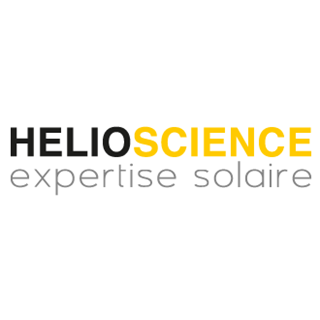HDRS (Hybrid Diffuse Reflectance Spectroscopy)
Description
Current in vivo methods for evaluating SPF and UVA-PF induce cellular damage to the skin of volunteers (sunburn, pigmentation). HELIOSCIENCE will propose in 2024 a new method more ethical because non-invasive and which is currently in process of standardization at ISO: the HDRS.
Long description
This is a hybrid method that combines an in vivo test and an in vitro test. The in vivo test is based on a technique called diffuse reflectance spectroscopy that uses the skin’s ability to reflect light. Thus, light is radiated into the skin and its backscatter is quantified in different places. This technique offers a unique approach to testing photoprotection products on human skin because it uses UV radiation (UVA in particular) at intensities and doses much lower than those that cause cell damage to the skin. Indeed, this new procedure uses very sensitive detectors (SPF sensor) and very little UV light (five times less than necessary for an initial reddening and only on a total surface of 1 mm for 30 measurements). The HDRS method is therefore non-invasive. The in vitro test allows to measure the absorption of the tested photoprotection product on all the UVB and UVA domains and to take into account its photostability. The combination of the results of the in vitro test on the UVB and UVA domains and the in vivo test on the UVA domain obtained according to the HDRS method make it possible to calculate the SPF and UVA-PF of the tested product.
Launch Date
January 2, 2024 12:00 AM




